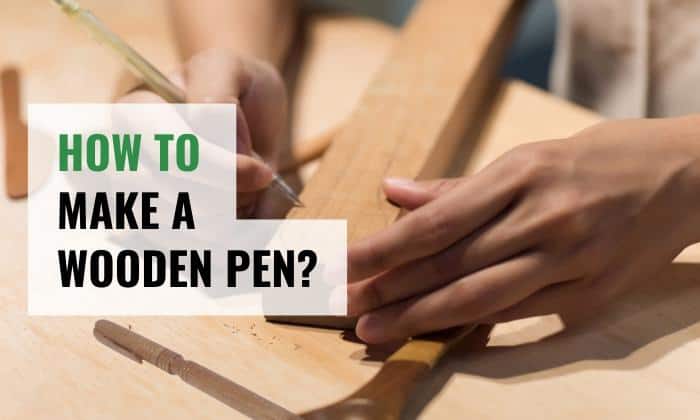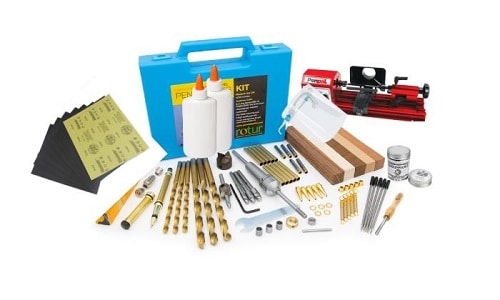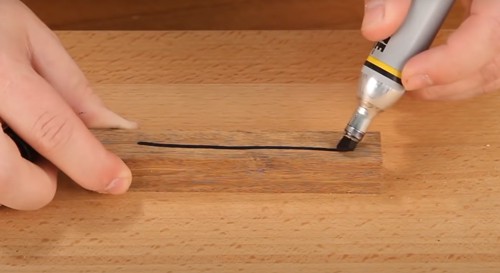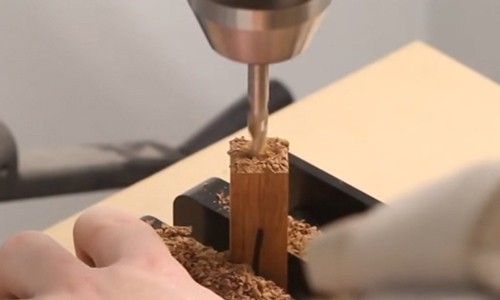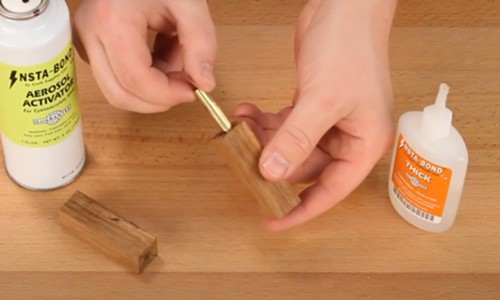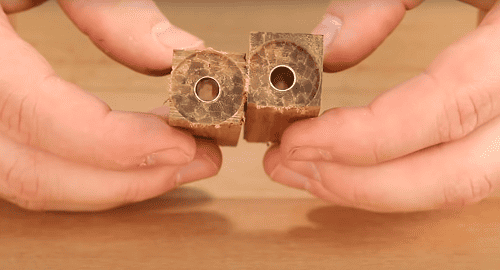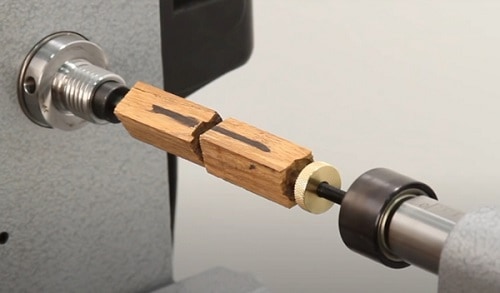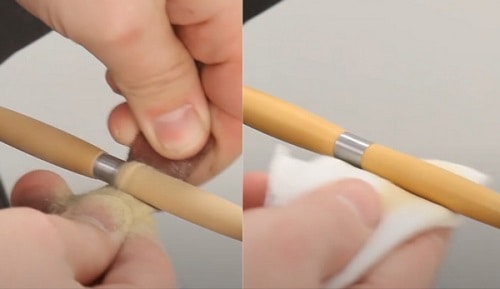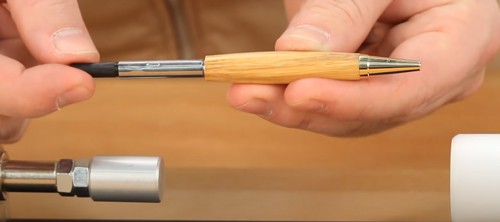Are you looking for a unique and meaningful gift for someone special? Or you’re seeking a fulfilling DIY project that showcases your craftsmanship and creativity.
Look no further! In this guide, we will explore the fascinating process of how to make a wooden pen, helping you to craft an extraordinary present.
From selecting the perfect wood to shaping, assembling, and finishing, we will provide step-by-step instructions and valuable tips to help you craft your own one-of-a-kind wooden pens.
Table of Contents
Step-by-step Instruction to Make a Wooden Pen
Pen Making Supplies
Materials:
- Pen blank
- Brass tubes
- CA glue or epoxy
- Sandpaper (180 grit to 400 grit)
- Mylands Friction Polish
- Renaissance Wax
- Pen refill
Tools:
- Lathe
- Pen turning kit (Spindle gouge, knurled tightening nut)
- Barrel trimmer
- Pen blank drilling vise or block clamp
- Pen press or bench vice
- Face shield
- Dust protection
Note: Before making pens from wood, ensure you wear a mask, glasses, or face shield to protect yourself from dust.
Step 1: Selecting a pen blank and mark the lines
- Choose a pen blank, either black walnut, sapele, rosewood, ebony, Merbau, or cocobolo. Indeed, each comes with its own unique characteristics and grain patterns.
- Using a marker, create a reference line along the length of the pen blank.
- Next, mark the centerline of the blank perpendicular to the first line and use a saw machine to cut the pen blank into two equal pieces.
- Ensure that the cut is clean and perpendicular to the length of the blank.
Step 2: Securing the pen blank and drilling
- Before drilling, draw 2 diagonal lines to mark the exact center point on one end of the pen blanks for the accurate hole placement and alignment.
- Use a pen blank drilling or a block clamp to hold the pen blank securely in place during drilling.
- Align the marked center point of the pen blank with the 7mm drill bit.
- Start drilling. Ensure that the hole is drilled all the way through the pen blank, spanning from one end to the other.
- Clear away sawdust from the hole using a small brush or compressed air.
Step 3: Applying adhesive and insert the brass tubes
- Lightly scuff the surface of the brass tubes with sandpaper to create a better adhesive bond between the tubes and the pen blanks.
- Apply a small amount of adhesive (Cyanoacrylate glue or epoxy) to the inside surface of the holes you’ve just drilled in the pen blanks. Make sure to spread the adhesive evenly to ensure a secure bond.
- Insert the brass tubes into the drilled holes, ensuring they fit snugly and are fully seated.
- Use a cloth or paper towel to wipe away any excess glue before it dries. Allow the adhesive to dry.
Step 4: Trimming the ends
- Secure the pen blanks on a lathe or a pen blank holding device.
- Gently move the barrel trimmer along the end of the blank, removing excess wood until the end is flush with the brass tube by using a caliper or ruler to measure the trimmed end.
- Trim both ends of each pen blank, following the same process.
Step 5: Turning the blanks
Insert and secure the pen mandrel into the mounting point.
Arrange the blanks on the mandrel in the below sequence:
- Place the bushing.
- Attach the first blank.
- Align the center mark towards the center of the mandrel.
- Add another bushing.
- Attach the second blank, ensuring that its center mark aligns with the first blank.
- Place an additional bushing.
- Secure the knurled tightening nut.
Make sure the blanks are tightly secured to prevent any movement during turning.
Turn on the lathe at 2000 RPM. Use a skew chisel or a spindle gouge to round off the corners of the blanks, working from one end to the other.
Shape the blanks into cylinders that are slightly larger in diameter than the bushings. Create desired profiles, such as tapering, coves, beads, or other decorative details, based on your preference for wooden pen designs.
Step 6: Sanding and apply a finish
- Stop the lathe and use sandpaper of various grits for sanding the turned wood pen
- Start with coarse grit and progress to finer grits for a smooth, polished surface. Sand evenly and remove any tool marks or imperfections.
- Apply a wood finish or polish to enhance the appearance and protect the wood.
- Turn on the woodturning lathe to around 2,000 RPM, apply more polish, and then buff.
- Run the lathe for a minute or two between coats to let the finish set. Apply multiple coats for a higher gloss finish.
Step 7: Assembling the pen
- Remove the finished pen barrels from the mandrel while maintaining their original order to preserve grain alignment.
- Use a pen press or bench vice from the pen making kit to insert the writing tip into one barrel, ensuring precise alignment.
- Insert the twist mechanism into the opposite end of the barrel.
- Install the pen refill into the twist mechanism and verify if it extends beyond the writing tip.
- Press the clip assembly firmly onto the upper end of the pen barrel.
- Slide the center bend over the twist mechanism, ensuring a secure fit.
- Cover the exposed twist mechanism by sliding the clip barrel over it, completing the assembly of the custom
- Adjust the top barrel by twisting it until the grain alignment is satisfactory.
Conclusion
In conclusion, learning how to make a wooden pen can be rewarding and fulfilling. From selecting the wood species and preparing the pen blanks to turning, sanding, and assembling the components, each stage contributes to creating a beautiful hand made pen.
Making a wood writing pen offers a delightful fusion of creativity and practicality for beginners and even skilled woodworkers. So why not give it a try and experience the joy of crafting your own wood craft pens?

I am a former art teacher, so it is evident to me the importance of art in educating the new generation. We also want to help parents who plan to teach their children and desire the best tools and tips for them.
